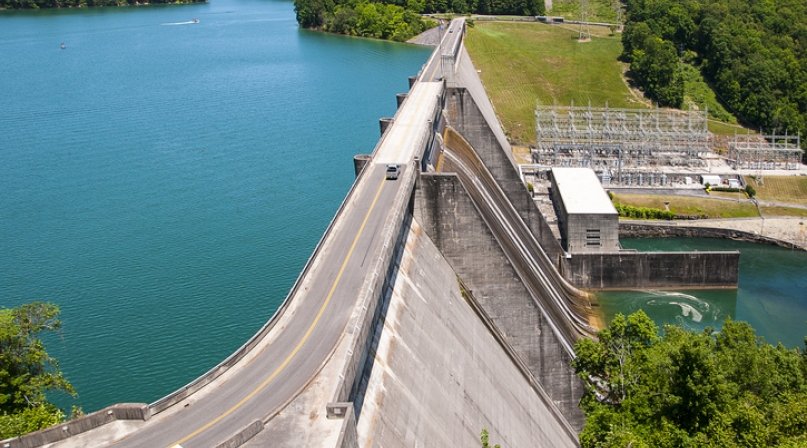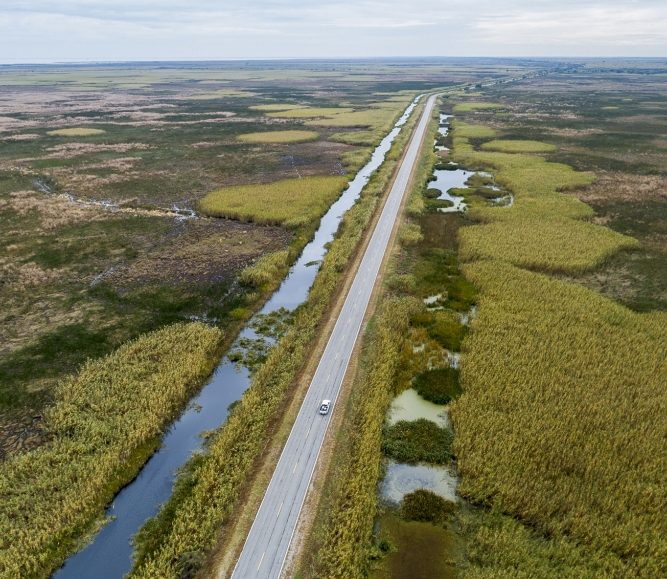U.S. Environmental Protection Agency issues proposed rule on defining 'Waters of the U.S.'
Upcoming Events
Related News

Key Takeaways
On November 18, the U.S. Environmental Protection Agency (EPA) and the U.S. Army Corps of Engineers (Army Corps) announced a proposed rule to re-establish the pre-2015 definition of “Waters of the United States” (WOTUS). The proposed rule codifies the EPA and Army Corps implementation of pre-2015 WOTUS guidelines following the August 30 U.S. District Court Ruling, which vacated and remanded the 2020 Navigable Waters Protection Rule. The comment period for the proposed rule closes on February 7, 2022. Earlier this year, the agencies announced their intent to initiate a 2-step rulemaking process on WOTUS. NACo submitted comments detailing county concerns and priorities.
EPA’s proposed rule is part of its 2-step rulemaking process, the first being to repeal the 2020 Navigable Waters Protection Rule and the second to craft a new definition of WOTUS. As part of the first rulemaking, the EPA released its Economic Analysis for the Proposed “Revised Definition of the ‘Waters of the United States’” Rule.
As owners and operators of local water infrastructure, the WOTUS definition directly impacts local governments. Depending on the final definition, counties may need to apply for a federal permit to maintain or build new infrastructure projects. Some county-owned infrastructure that may be impacted are:
- Public Safety Water Conveyances: Roads and roadside ditches, flood control channels, drainage conveyances, culverts, etc.
- Stormwater Municipal Separate Storm Sewer Systems (MS4): Comprised of channels, ditches and pipes
- Green Infrastructure Construction and Maintenance Projects: Includes but is not limited to low-impact development projects (LID), bioswales, vegetative buffers, constructed wetlands, stormwater detention ponds, etc.
- Drinking Water Facilities and Infrastructure Reservoirs, dams, ponds, canals, large water transport systems (Central Arizona Project, California Aqueduct, Colorado River Aqueduct, etc.)
- Water Reuse and Infrastructure: Includes facilities built to generate additional water supply, their ponds, recharge basins, canals and ditches.
Counties strongly believe that changing the WOTUS definition will have far-reaching impacts on our communities and residents. Counties support keeping the terms navigable and/or navigable waters in the Clean Water Act to protect intrastate waters, including wetland habitats, rivers, and streams within the United States and to protect the basic, fundamental principles of local land use control in accordance with the goals of the CWA. NACo will keep members informed of any additional updates.
For more information on WOTUS, visit https://www.naco.org/wotus.
Featured Initiative
Waters of the U.S. Action Center

Related News

U.S. House of Representatives passes SPEED Act and other permitting reform bills
On December 18, the U.S. House of Representatives passed the SPEED Act (H.R. 4776). The SPEED Act would strengthen county involvement in decision-making and make needed commonsense reforms to the federal environmental review process.

House Natural Resources Committee advances the Endangered Species Act Amendments Act of 2025
On December 17, the House Natural Resources Committee advanced the Endangered Species Act (ESA) Amendments Act of 2025 (H.R. 1897). The version passed by the committee adopted several changes from the initial bill and would address key county concerns by improving the implementation of the ESA. The legislation now awaits a floor vote before the whole U.S. House of Representatives.

Senators introduce bipartisan UPGRADE Act to support small and rural public water systems
On December 15, Sens. Lisa Blunt Rochester (D-Del.) and Roger Wicker (R-Miss.) introduced the Unincorporated Partnerships for Grant Resources, Assistance, and Drinking Water Enhancements (UPGRADE) Act (S. 3465), a bipartisan bill that would strengthen federal support for small public water systems and helps unincorporated communities access clean and affordable water.